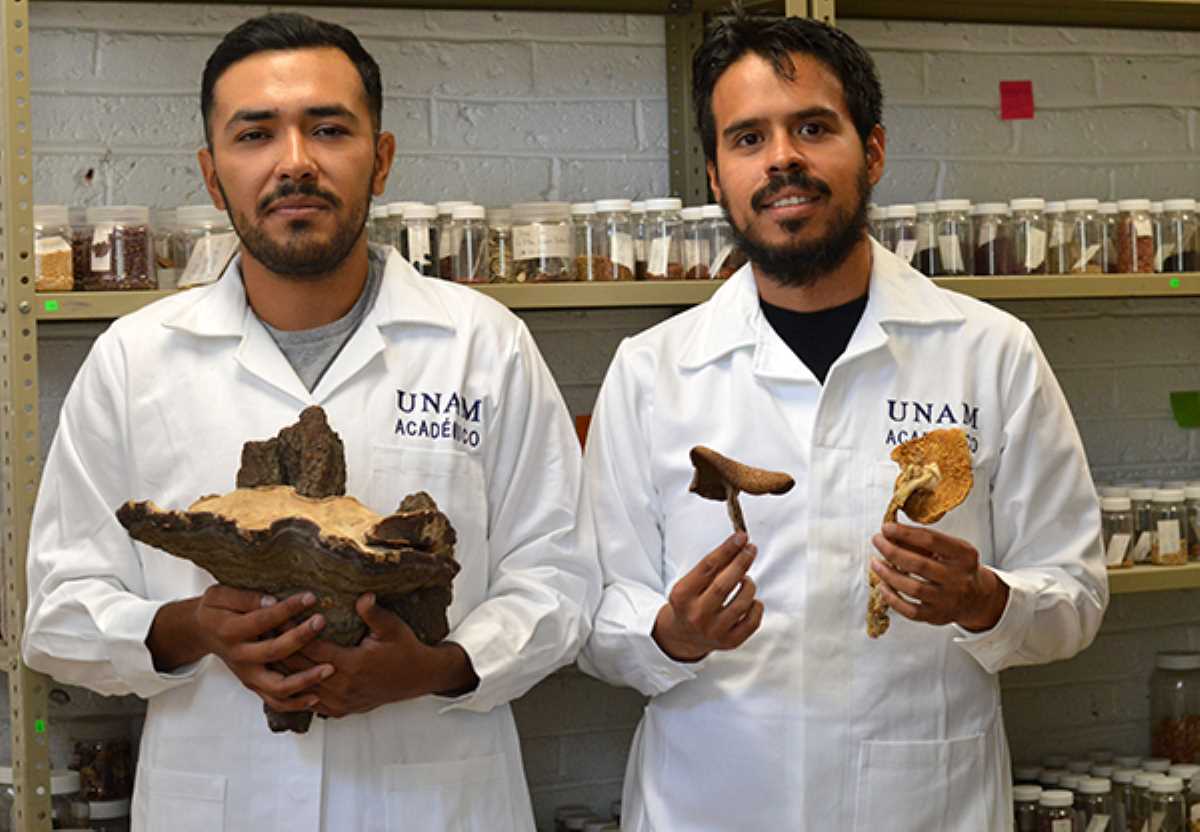Scientists Discover New Tree Species in Mexico
A new species of Mexican tree, Coutaportla lorenceana, has been discovered in the Sierra Madre Occidental. The tree is a microendemism, found only in a specific area. It has lavender flowers and is part of the Rubiaceae family.

By now, we’ve all heard stories of brave explorers venturing deep into the uncharted wilderness, machete in hand, carving through thick jungle, wrestling snakes, and fending off giant insects. But the heroic botanist, tirelessly hiking up a mountain to study an obscure shrub, rarely gets a mention in the adventure narrative. Yet, Alejandro Torres Montufar, a man with the perseverance of an ox and the patience of a saint, is living proof that there’s just as much danger, excitement, and reward in finding a new species of tree as there is in tracking down lost treasure. In this case, Torres Montufar's treasure is the newly discovered Coutaportla lorenceana – a name that rolls off the tongue like an exotic spell and promises a tale as old as the mountains in which it was found.
Now, before we dive into the details of this discovery, allow me to set the scene. Picture, if you will, the rugged, untamed wilderness of the Sierra Madre Occidental, the sort of place where you can’t walk five minutes without either tripping over a jagged rock or being eaten alive by mosquitoes. The region, on the border between Sinaloa and Durango, is as remote as it gets—perfect for anyone who prefers trees and solitude over people and Wi-Fi.




